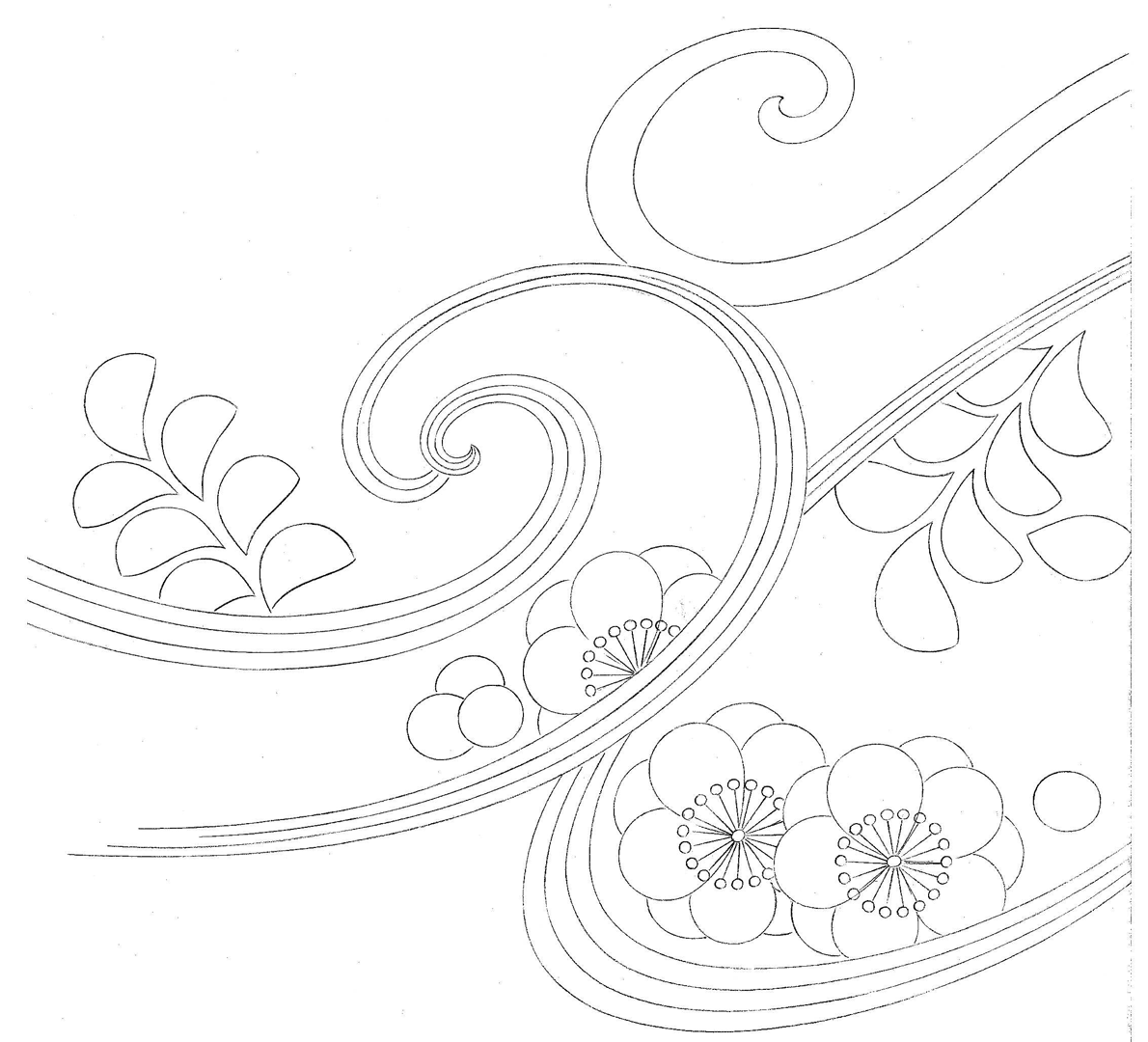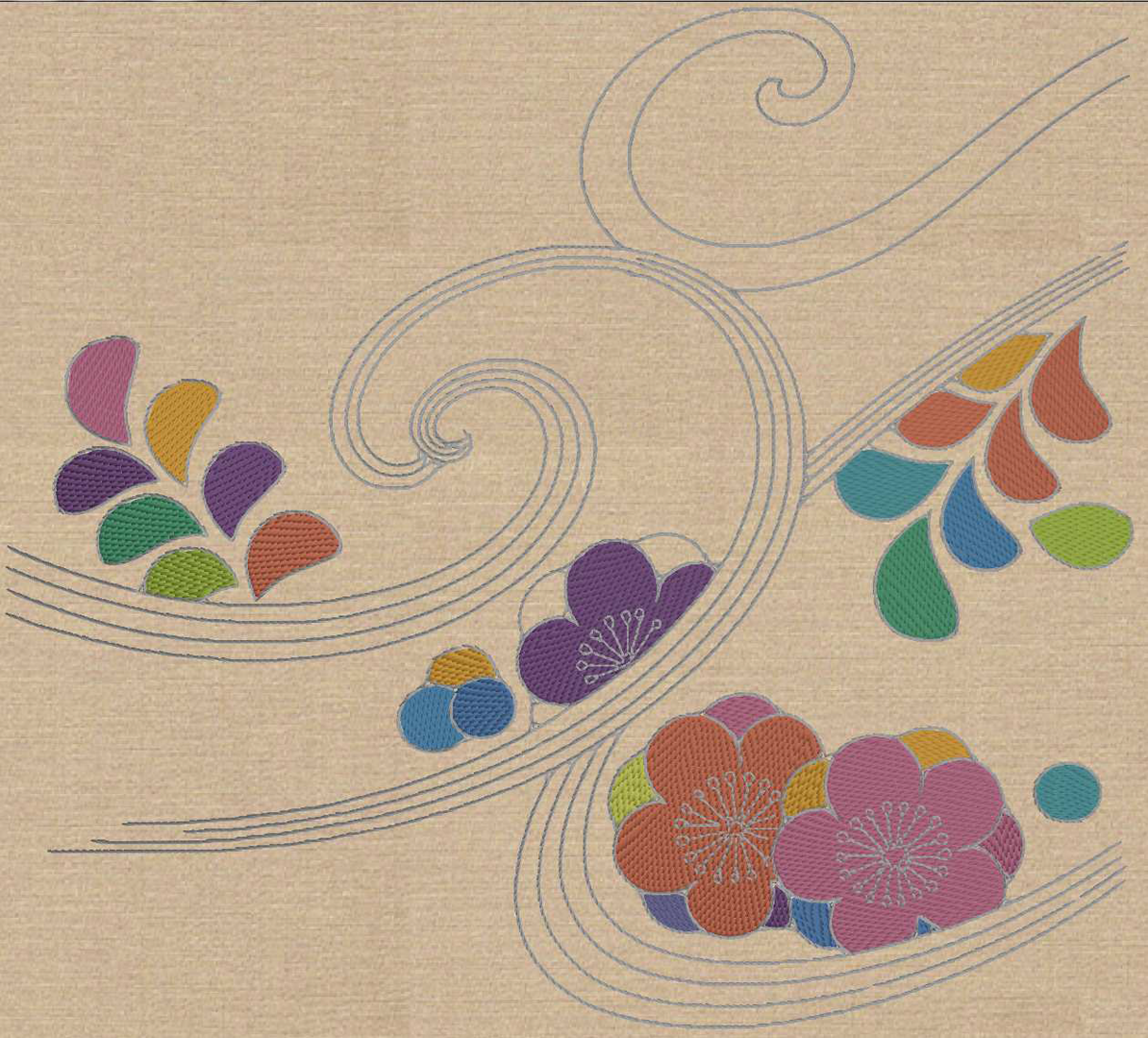“Embroidery modeling and rendering in real time” by Chen, McCool and Kitamoto
Conference:
Type(s):
Title:
- Embroidery modeling and rendering in real time
Presenter(s)/Author(s):
Abstract:
Many non-photorealistic rendering algorithms have been developed recently that simulate different traditional artistic styles including painting, mosaics, and stippling. However, there is at least onemore traditional approach to rendering images non-photorealistically: embroidery. Embroidery creates images by stitching threads of different colours into a base cloth. In free hand embroidery, many different stitch styles are possible and stitches can be placed relatively freely on the surface.
References:
1. Hausner, A. 2001. Simulating decorative mosaics. In Proceedings of the 28th annual conference on Computer graphics and interactive techniques, SIGGRAPH ’01, 573–580.
2. Hiller, S., Hellwig, H., and Deussen, O. 2003. Beyond stippling — methods for distributing objects on the plane. Eurographics 22, 515–522.
3. Kurenai-Kai. 2005. Traditional Japanese Patterns 1. Seigensha.
4. Lengyel, E. 2001. Computing Tangent Space Basis Vectors for an Arbitrary Mesh. Terathon Software 3D Graphics Library, http://www.terathon.com/code/tangent.html.
5. Mallo, O., Peikert, R., Sigg, C., and Sadlo, F. 2005. Illuminated lines revisited. In IEEE Visualization Conference, 19–26.
6. Secord, A. 2002. Weighted Voronoi stippling. In Proceedings of the 2nd international symposium on Non-photorealistic animation and rendering, ACM, NPAR ’02, 37–43.







